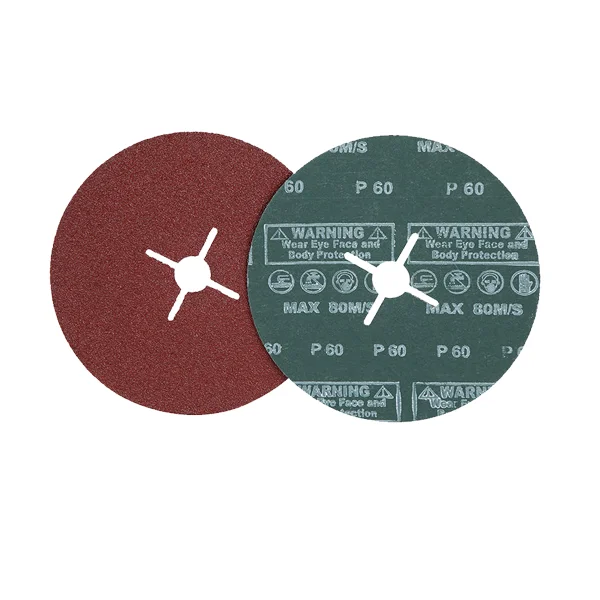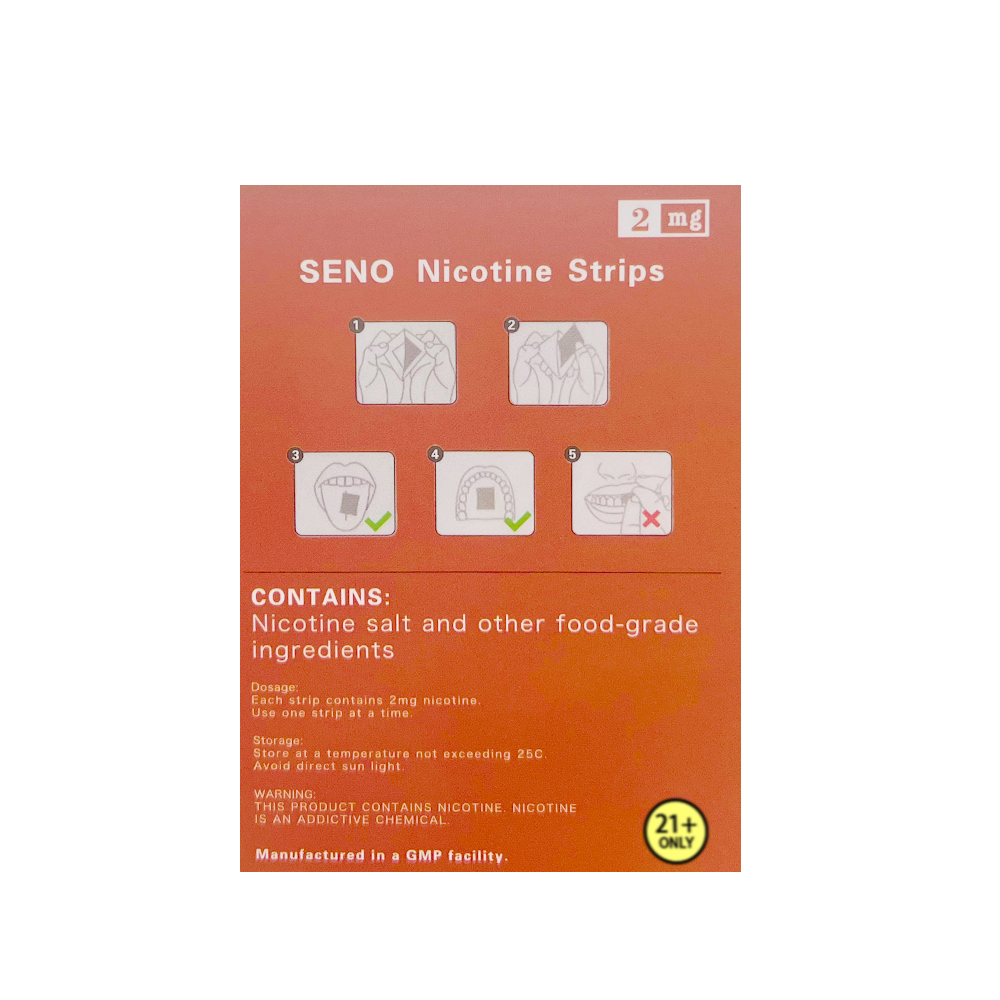Unraveling the Drawbacks of 100% Polyester: A Comprehensive Analysis
3 min readPolyester, a synthetic fabric derived from petroleum, has become a staple in the textile industry due to its durability, affordability, and versatility. However, despite its widespread use, 100% polyester fabrics come with a range of disadvantages that can impact both consumers and the environment. In this article, we will delve into the multifaceted drawbacks of 100% polyester, examining its implications on comfort, environmental sustainability, and health.
- Comfort and Breathability Issues
One of the primary disadvantages of 100% polyester is its lack of breathability. Unlike natural fibers such as cotton or linen, polyester does not allow air to circulate freely. This can lead to discomfort, especially in warm or humid conditions, as the fabric tends to trap heat and moisture against the skin. Consequently, wearers may experience increased perspiration and discomfort, particularly during physical activities or in hot climates.
Moreover, the moisture-wicking properties of polyester, often marketed as a benefit, can be misleading. While polyester can draw moisture away from the skin, it does not absorb it. Instead, it can create a clammy feeling as sweat evaporates slowly from the fabric's surface. This characteristic can be particularly problematic for athletes or individuals engaged in outdoor activities, where comfort and temperature regulation are crucial.
- Environmental Impact
The environmental implications of 100% polyester are significant and multifaceted. As a petroleum-based product, polyester contributes to the depletion of non-renewable resources. The production process is energy-intensive, resulting in high carbon emissions and contributing to climate change. Furthermore, the manufacturing of polyester often involves harmful chemicals that can pollute water sources and harm local ecosystems.
Additionally, polyester is not biodegradable. When discarded, polyester fabrics can persist in landfills for hundreds of years, contributing to the growing problem of textile waste. The rise of fast fashion has exacerbated this issue, as consumers frequently dispose of polyester garments after only a few wears. This cycle of production and disposal not only strains the environment but also highlights the need for more sustainable alternatives in the textile industry.
- Health Concerns
Health concerns associated with 100% polyester fabrics are another critical aspect to consider. The production process of polyester involves the use of various chemicals, some of which can be harmful. For instance, antimony, a toxic metalloid used in the production of polyester, has been linked to respiratory issues and other health problems. Although the levels of antimony in finished products are generally considered safe, prolonged exposure to polyester clothing may pose risks, particularly for sensitive individuals.
Moreover, polyester fabrics can cause skin irritation for some people. The synthetic fibers may not be as gentle on the skin as natural fibers, leading to rashes or allergic reactions in susceptible individuals. This is particularly concerning for those with sensitive skin or conditions such as eczema, where the choice of fabric can significantly impact comfort and health.
- Aesthetic Limitations
While polyester is often praised for its durability and resistance to wrinkles, it can lack the aesthetic appeal of natural fibers. The sheen of 100% polyester can sometimes be perceived as cheap or artificial, which may not align with the preferences of all consumers. Additionally, polyester fabrics can be prone to pilling and static cling, detracting from their overall appearance and wearability.
Furthermore, the dyeing process for polyester can result in less vibrant colors compared to natural fibers. While advancements in dye technology have improved this aspect, the overall aesthetic quality of polyester may still fall short for those seeking high-end or luxurious fabrics.
Conclusion
In conclusion, while 100% polyester offers certain advantages such as affordability and durability, its disadvantages cannot be overlooked. Issues related to comfort, environmental sustainability, health concerns, and aesthetic limitations highlight the complexities of choosing polyester as a fabric option. As consumers become increasingly aware of these drawbacks, there is a growing demand for sustainable and comfortable alternatives in the textile industry. By understanding the limitations of 100% polyester, individuals can make more informed choices that align with their values and lifestyle preferences.


